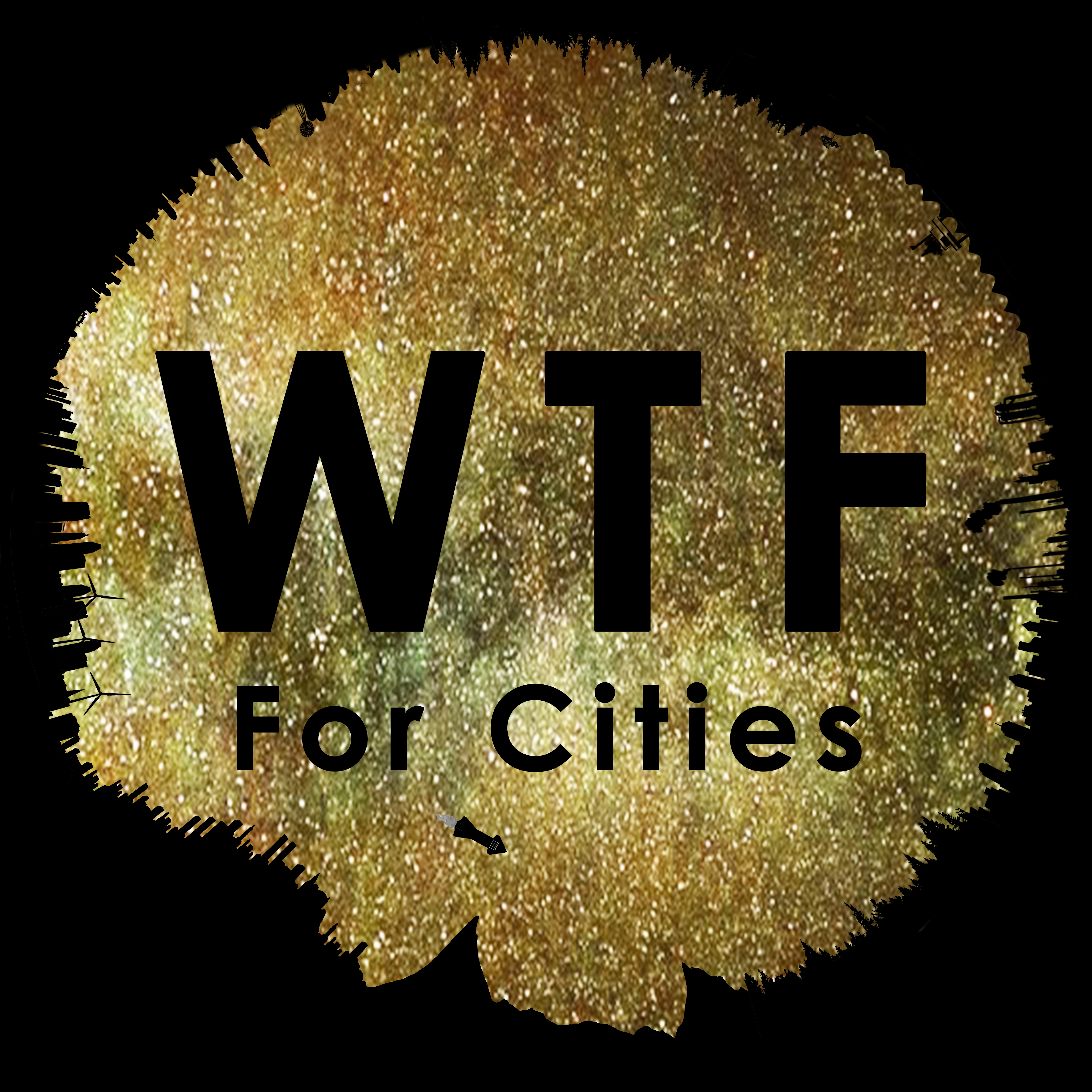Listen to the episode:
You can find the transcript through this link.
Are you interested in smart cities to enhance quality of life for urban inhabitants?
Summary of the article titled A multilevel method to assess and design the renovation and integration of smart cities from 2015 by B. Mattoni, F. Gugliermetti, and F. Bisegna, published in the Sustainable Cities and Societies journal.
Since we are investigating the future of cities, I thought it would be interesting to see a smart city approach which tries to be holistic but specific. This article presents the assessment and design method where the city is considered as a whole human organism integrating each parts.
As the most important things, I would like to highlight 3 aspects:
- The main objective of a smart city project is to visualise the city as a unique organism and coordinate all the different aspects in order to appropriately manage their reciprocal influences among the axes.
- The authors suggested three territorial cells – region, city and district, and five axes – economy, energy, environment, community and mobility, in which actions can be established based on the local context.
- All of this needs integration and interoperability of the different sectors to fully utilise the city’s network nature and involve all stakeholders, citizens, representatives and local businesses based on the smart city vision.
You can find the article through this link.
Abstract: Contemporary cities are the scenes of sudden and numerous changes from social, economical and environmental points of view. The capability for cities to endorse, foster, enhance ongoing transformations and modern challenges is obstructed by the unsuitableness and lack of communication and integration of both material and immaterial infrastructures. The new vision of Smart Cities can fill these gaps, as it represents a balance among hardware and software aspects, technology and human capital, and it aims at realizing and guaranteeing the quality of life to the inhabitants. At today, there is absence of uniformity both in the definition and in the concept development of a Smart City, and there are not practical methodologies supporting the evaluation models developed in literature. The approach often does not appear as a holistic, complete and integrated, but as a combination of sector-based non communicating and non integrated actions. In this framework, the aim of this paper is to outline a planning methodology of actions to realize a Smart City that provides a holistic and specific approach to territories and cities by taking into account the specific features of the context and by developing different and appropriate strategies. According to this, a way to integrate the various aspects of a Smart City through the definition of the relations existing among all the subsystems of the city, considered as a whole (human) organism, has been developed.
Connecting episode you might be interested in:
- No.001R – Smart cities
What wast the most interesting part for you? What questions did arise for you? Let me know on twitter @WTF4Cities or here in the comment section!
Additionally, I will highly appreciate if you consider subscribing:
I hope this was an interesting episode for you and thanks for tuning in.


Leave a comment